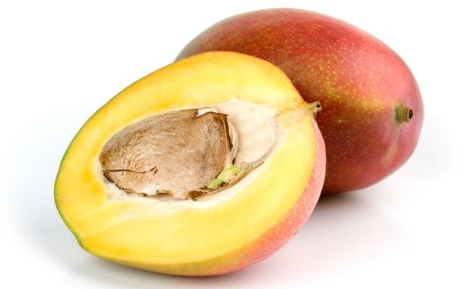Mangoes are a favorite fruit for many people all over the world. They are sweet and creamy with bright colors that make them hard to resist. But not all mangoes taste good. Some are just right and taste great, while others might be sour, chewy, or full of strings. So, how can you tell the good mangoes from the bad ones? Let’s look at some tips and tricks to help you choose the tastiest mangoes every time.
Table of Contents
- Looking at Mangoes to Judge Them
- 1. Bright and Beautiful Color
- 2. Clear and Smooth Skin
- 3. A Bit of Softness
- 4. Feels Heavy When You Lift It
- Testing Mangoes by Smell and Feel
- 1. A Sweet, Nice Smell
- 2. Solid Flesh
- 3. Few Strings
- How to Cut a Mango and Check If It’s Ripe
- 1. Yellow or Orange Inside
- 2. Wet and Juicy Inside
- 3. Soft but Not Too Soft
- 4. Sweet and Fruity Smell
- Tips for Picking the Best Mangoes
- Conclusion
Looking at Mangoes to Judge Them
To start figuring out which mangoes are good, look at them closely. Here’s what you should pay attention to:
1. Bright and Beautiful Color
Nice mangoes usually have a bright and lovely color. If a mango is green, it might not be ready to eat yet. When they turn yellow, orange, or red, that means they’re ripe. Not-so-good mangoes might look faded and not very colorful. Try to stay away from mangoes with dark spots, as this could mean they are overly ripe and bruised inside.
2. Clear and Smooth Skin
Good mangoes have clear, smooth skin without any dark marks, bruises, or wrinkles. If you see damaged skin, the inside might not be good either. Check the area around the stem too. If there are cracks there, the mango might not be fresh anymore.
3. A Bit of Softness
When a mango is ready to eat, it should be a little soft when you give it a gentle squeeze. Mangoes that are hard to the touch are not ripe yet, and if they’re too mushy, they are overripe. Sometimes the skin might start to come away from the mango a bit too when it’s ripe.
4. Feels Heavy When You Lift It
When you pick up mangoes, think about how heavy they feel. If they’re heavier than they look, that means they have lots of juice and sweet flesh. Mangoes that don’t feel heavy might not taste very good and could be sour inside.
In short, the best mangoes have bright colors, clear and smooth skin, a bit of softness, and feel heavier than you’d expect for their size.
Testing Mangoes by Smell and Feel
Checking how mangoes look is just the start. You can also tell if they’re good by smelling them and feeling them.
1. A Sweet, Nice Smell
Smell the mango where the stem was. If it’s a good mango, it should have a sweet and fruity smell. If it smells too strong, like vinegar, or has a chemical smell, it’s probably not good anymore.
2. Solid Flesh
Press the mango gently but don’t push on any bruises. If the mango is a good one, it should feel a bit soft but still strong inside, not squishy.
3. Few Strings
Run your fingers over the top and bottom of the mango. If you don’t feel many strings, it’s probably going to taste good. But if you can feel a lot of thick strings, the mango might not be very nice to eat.
Mangoes that have a sweet smell, solid feel, and aren’t too stringy will probably taste very good. Bad mangoes won’t smell nice, will feel too soft, and might have too many strings.
How to Cut a Mango and Check If It’s Ripe
The best way to see if a mango is really ripe is by cutting it open and looking at what’s inside.
1. Yellow or Orange Inside
A ripe, good mango has a bright yellow or orange color inside. If it looks green or pale, it’s not ready. Dark spots inside mean the mango is too ripe.
2. Wet and Juicy Inside
When you cut into a good mango, it should look wet and juicy. If it’s dry or looks shriveled, it’s past its best time to eat.
3. Soft but Not Too Soft
The inside of a delicious mango is soft enough to push a bit with your finger and has a creamy feel to it. If it’s too chewable and full of strings, it’s not a good mango.
4. Sweet and Fruity Smell
Give the center of the cut mango a sniff. It should have a sweet, light scent without smelling bad or sour.
Look for a bright color, juicy insides, a soft but firm feel, and a nice smell to spot a good mango once you’ve cut it open.
Tips for Picking the Best Mangoes
Here are some extra tips to help you pick good mangoes when you’re out shopping:
- Check the skin for any bad spots and skip mangoes with lots of bruises or wrinkles.
- Go for mangoes that have some weight to them and are a bit soft to touch.
- Smell the mango before you buy it to check for that fruity scent.
- Ask the store staff when they got the mangoes in and pick the freshest ones.
- If a mango is firm, let it ripen at home until it feels right when you press it lightly.
- It’s better to pick green mangoes that you can ripen at home rather than already-yellow ones.
- Once mangoes are ripe, you can keep them in the fridge to make them last longer and stop them from getting too ripe.
Taking the time to properly check mango job_postsensure you enjoy eating them. With these things to look for, touch, and smell, you’ll always be able to find good mangoes and avoid the bad ones when you go shopping. Trust what you see, feel, and smell, and you’ll end up with the sweetest mango treats.
Conclusion
Mangoes can be one of the most delicious tropical fruits when they’re good. But to enjoy them at their best, you need to be able to tell the good ones from the not-so-good ones. Look for mangoes that have bright colors, smooth skin, and feel heavy. Then, use your sense of smell and touch to check for a fruity scent and firm flesh without too many strings. When you cut the mango open, it should be yellow or orange, juicy, and smell sweet. Keep these tips in mind to always choose the tastiest mangoes and never be disappointed by a bad one again. Now go ahead, shop with confidence, and enjoy the sweet taste of juicy, ripe mangoes every time.
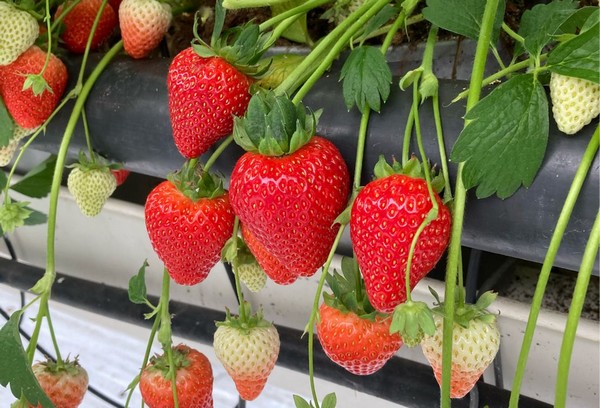
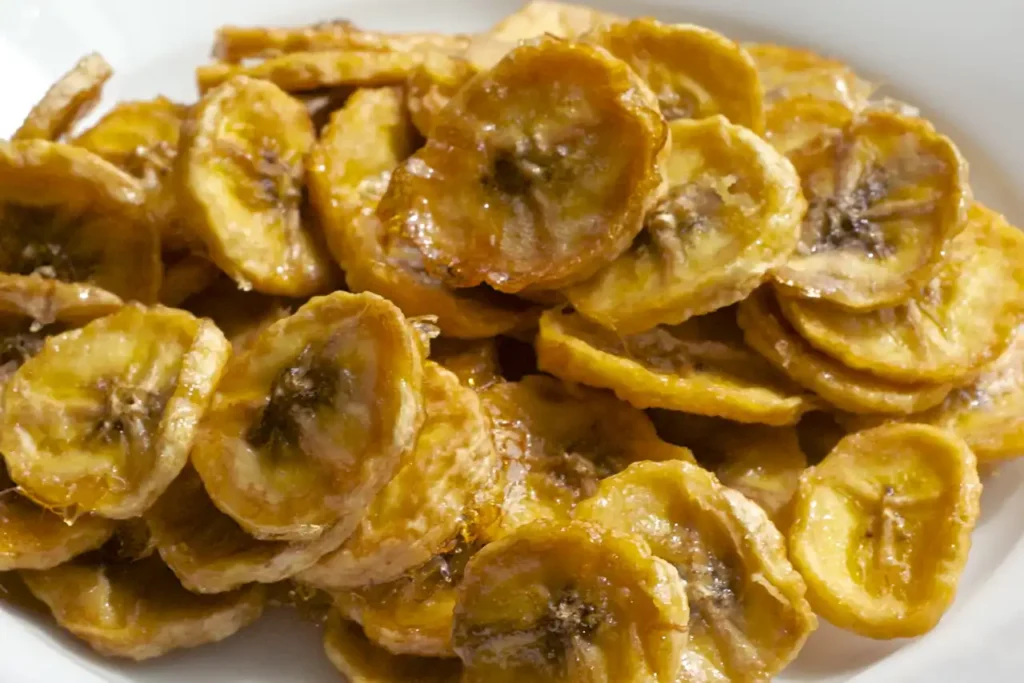

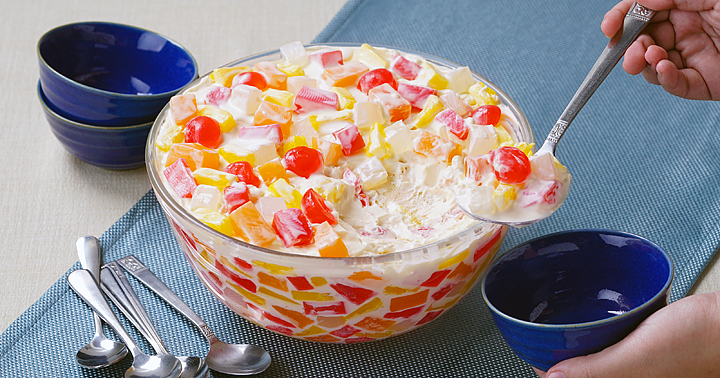


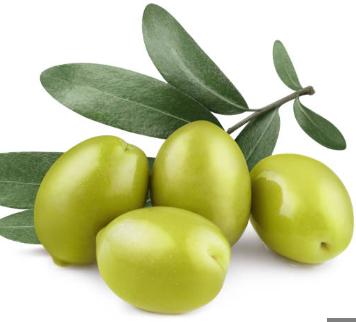
![Can Chickens Eat Blueberries? [Yes or No]](https://fruitonix.com/wp-content/uploads/2023/06/Screenshot-2023-06-22-7.25.29-PM.png)

